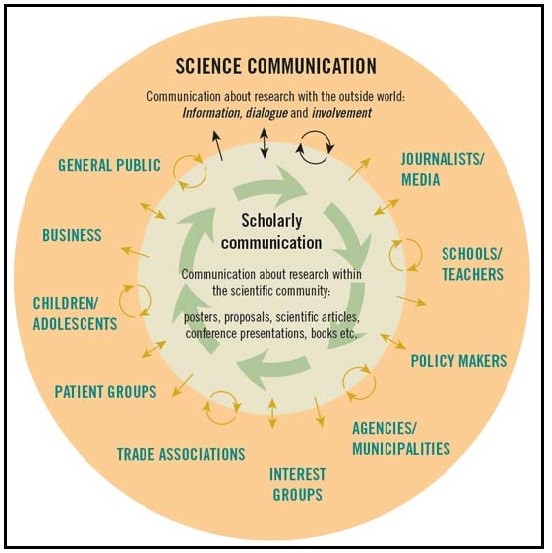7667766266
enquiry@shankarias.in
Science communication in India faces new challenges and possibilities in the present context.

|
Steps taken by India to promote Science Communication |
|
Reference